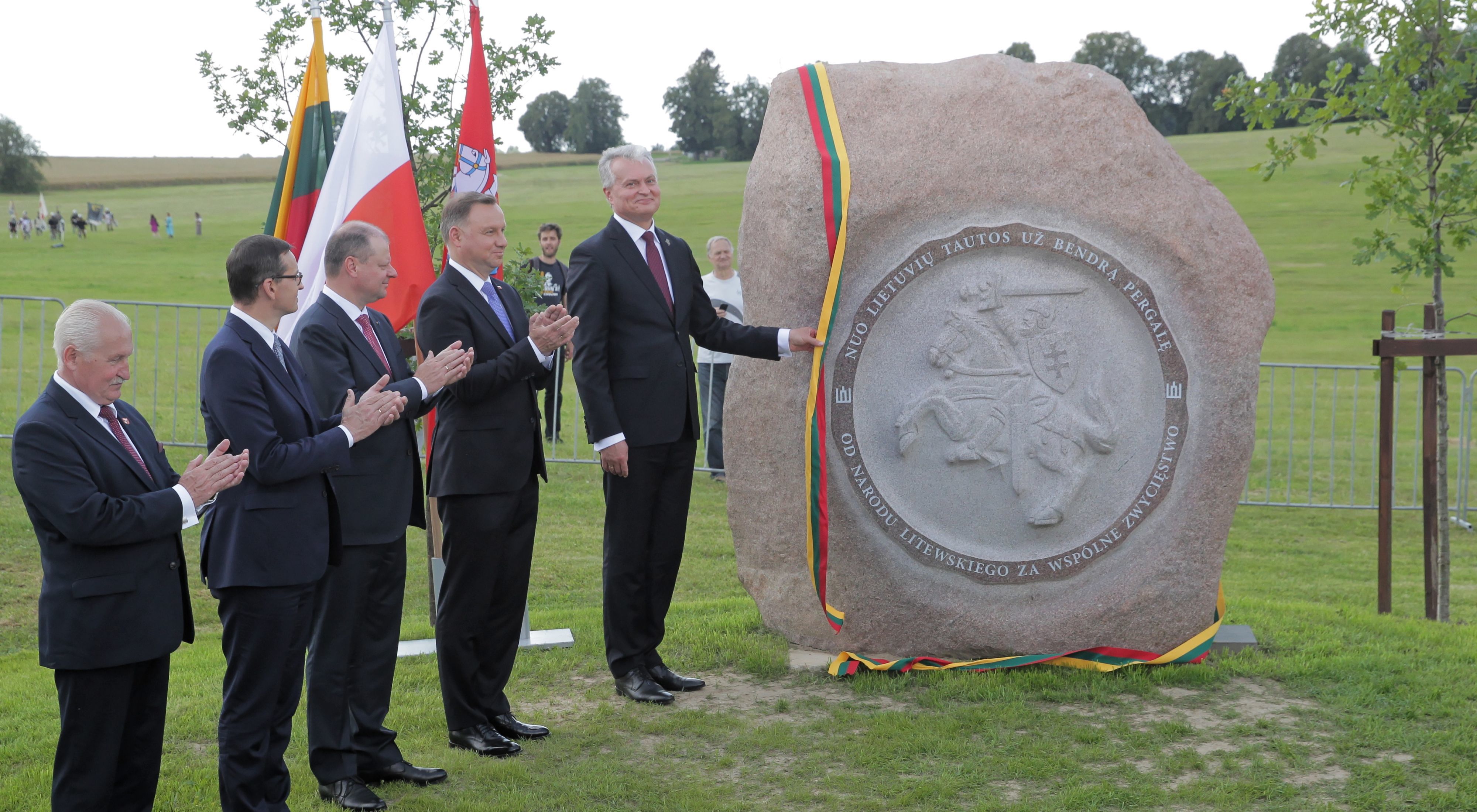Georgian Post Tbilisi Local Guide
Post Local Newsletters amp Email Alerts The Washington Post
Jagiellonia Bialystok All the info news and results
Post Courier Online Post Courier
Georgian Post Rebranding on Behance
Georgian Post Rebranding on Behance
Georgian Post Rebranding on Behance
The Last Post Saw this Georgian post box on a visit to Nor Flickr
Jane Post Giorgia Lightweight Jacket w Hood Neiman Marcus
The August 4 Rundown News Sports Jobs Post Journal
Jagiellonia Facebook amp Web banner on Behance
Jersey Post makes loss of 163 6 6m
The Post Journal All Access by Presteligence
An Open Letter To the Rector of the Jagiellonian University The
What To Expect From Post s POST Q3 Earnings The Globe and Mail
What To Expect From Post s POST Q3 Earnings The Globe and Mail
Jersey Post launches survey to help shape future priorities Bailiwick
Twitter alternative Post News is shutting down The Verge
Post poste box in the city of Agrigento Sicily Italy Stock Photo
Here s how they do it Post Courier Evening Roundup 10 3 22 r
JAGIELLONIA POWINNA BY ZADOWOLONA Z TEGO WYNIKU KONFERENCJA PIAST
BREAKINGNEWS Post Courier Online The Waigani National Court this
Postmasters call for support in post Covid recovery Highland Radio
Georgian Post offers vital lifeline to citizens in need
The Post Journey Post Community Newspapers
Jagiellonia on Twitter quot 60 Druga porcja zdj z dzisiejszego
Jagiellonia on Twitter quot RT AkademiaJagi W sobot 03 06
quot This is a symbol of the Jagiellonian idea of Europe quot
Georgian post office Erasmus blog Tbilisi Georgia
Jagiellonia Bia ystok finalizuje niespodziewany transfer napastnika
Jagiellonia pozostaje we w oskim klimacie Pi karski Biznes
Jagiellonia Bia ystok rozpoczyna zimowe okno transferowe Nowy zawodnik
PKO Ekstraklasa Jagiellonia w ko cu wygra a Polski sport pl
Jagiellonia Bia ystok z blisko 90 procentami szans na mistrzostwo
Jagiellonia Bia ystok zaprezentowa a nowych zawodnik 243 w i odby a otwarty
Podsumowanie 18 kolejki Ekstraklasy wietna Jagiellonia Goal pl
Post Calgary Arrivalguides com
Emocje w meczu Pogo Jagiellonia 90 minut nie wystarczy o do
Emocje w meczu Pogo Jagiellonia 90 minut nie wystarczy o do
Jagiellonia Bia ystok l sk Wroc aw gdzie ogl da Transmisja TV i
Jagiellonia Bia ystok blisko wzmocnienia si kosztem Stali Rzesz 243 w
Jagiellonia Bia ystok przegrywa na w asnym stadionie z liderem
Pierwszy raz Jagiellonii Bia ystok Olsztyn
P ock ma jednak szans na utrzymanie Ekstraklasy Wszystko dzi ki
Piast Gliwice Jagiellonia analiza szans
quot Takie mecze zawsze motywuj quot Jagiellonia zagra z Legi Bia ystok
Jagiellonia Pogo transmisja Gdzie ogl da 26 04 2024
Jagiellonia Bia ystok awansowa a do p 243 fina u Pucharu Polski zdj cia
Jagiellonia bez zwyci stwa w sparingach TVP SPORT
Jagiellonia l sk Wroc aw gdzie ogl da transmisja 8 03
Jagiellonia ma nowego zawodnika Sport Wiadomo ci Bia ystok Online
Jagiellonia na r 243 wni pochy ej Co si sta o z ekip Mamrota
Terminarz 1 2 fina u Pucharu Polski Wiemy kiedy odb d si mecze
Jagiellonia Bia ystok awansowa a do 1 8 Pucharu Polski Kto kolejnym
Jagiellonia przeniesie si na stadion w Warszawie Zamieszanie ws
Ci ka droga przed Jagielloni Oto potencjalni rywale w eliminacjach
Jagiellonia Stal typy kursy zapowied 03 11 2023 Goal pl
Jagiellonia Bia ystok Zoria uga sk Remis Jagi na zako czenie
Jagiellonia zosta a zatrzymana quot Nie szukam wym 243 wek quot
Jagiellonia Bia ystok Pogo Szczecin Stolarczyk Ci g a krytyka nie
GKS Katowice Jagiellonia Bia ystok typy kursy zapowied PKO BP
Jagiellonia Piast transmisja w TV i online Gdzie ogl da mecz
Jagiellonia broni pozycji lidera Przed ni wyjazdowe starcie z Pogoni
Jagiellonia Lechia quot Dobrze e ten sezon si ko czy quot TVP SPORT
Analiza pi karskiego cudu w stolicy Podlasia dlaczego Jagiellonii
Post/jagiellonia - The pictures related to be able to Post/jagiellonia in the following paragraphs, hopefully they will can be useful and will increase your knowledge. Appreciate you for making the effort to be able to visit our website and even read our articles. Cya ~.




























:format(webp)/cdn.vox-cdn.com/uploads/chorus_asset/file/25408886/post_logo.png)


















































